Rooting in Sand
Zijian Miao, Sisi Zhang, Boram Koh, Ache Wang
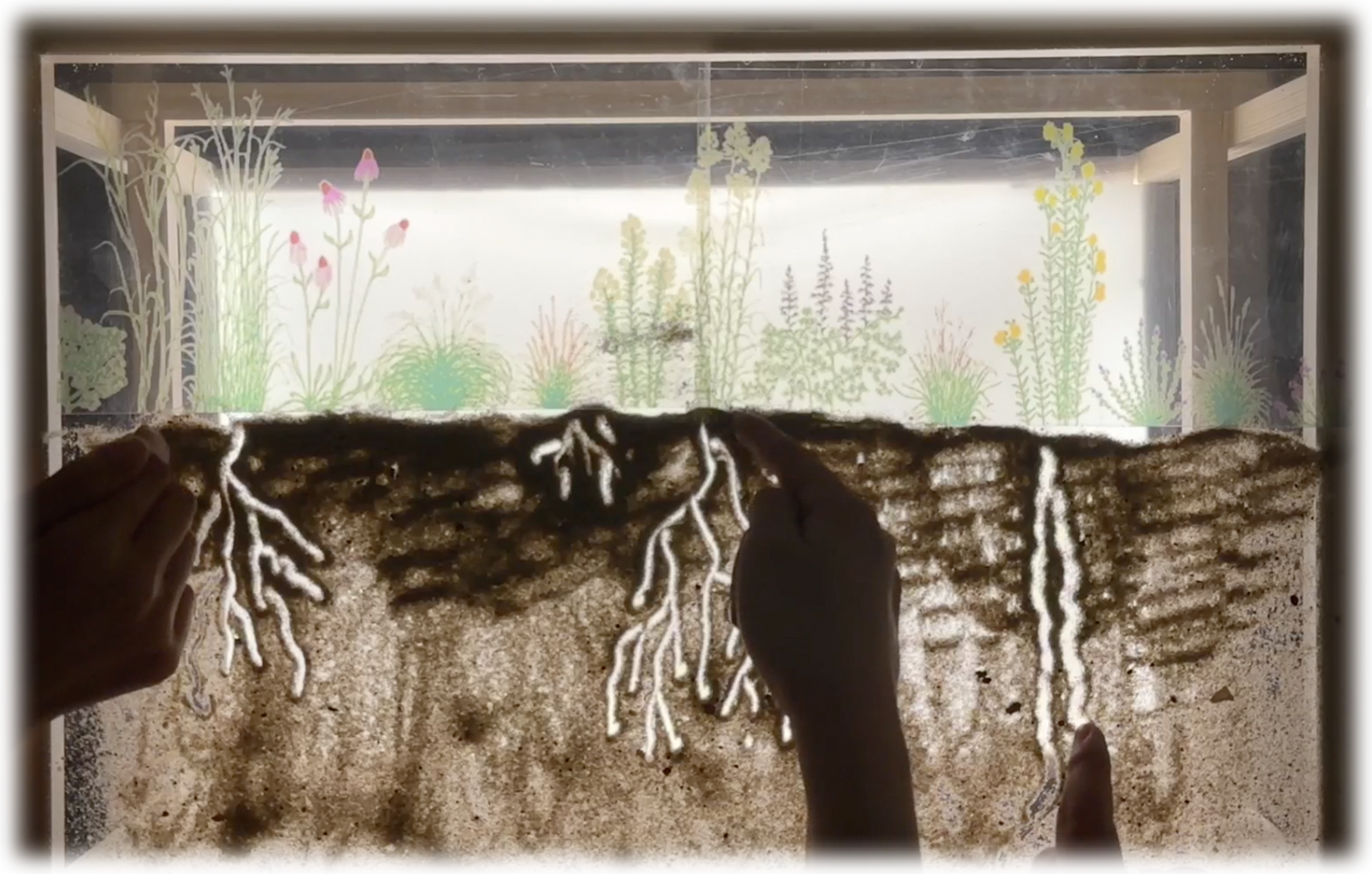
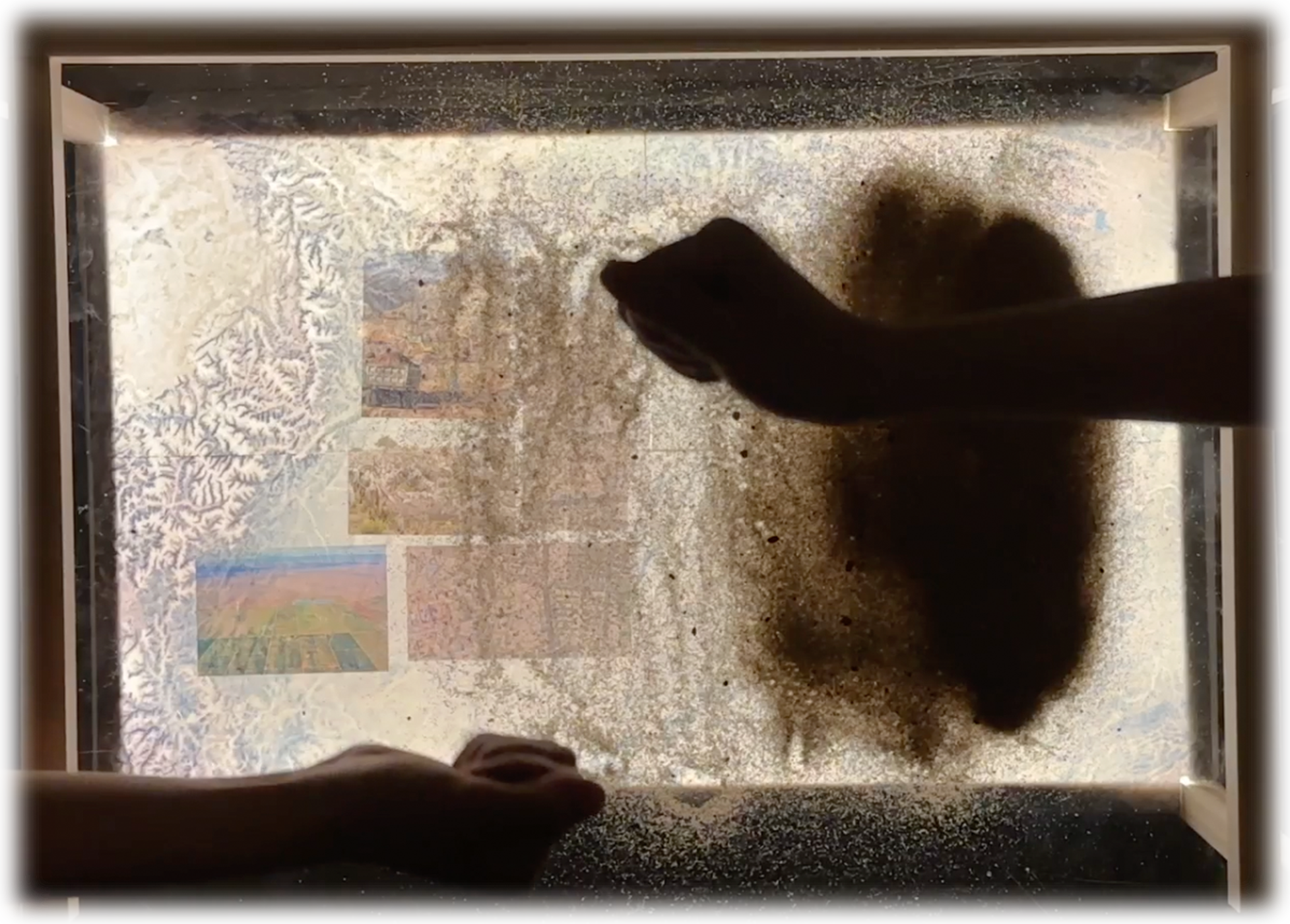
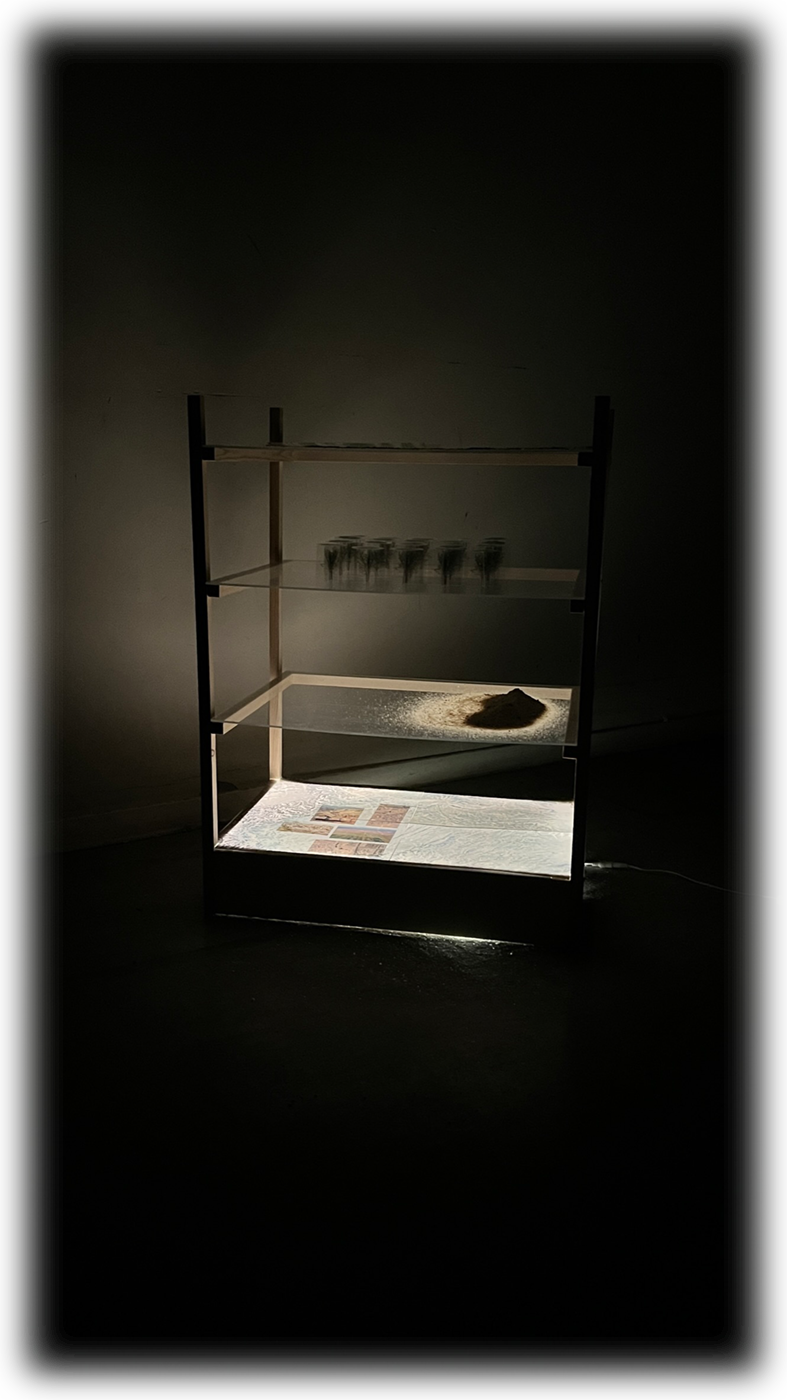
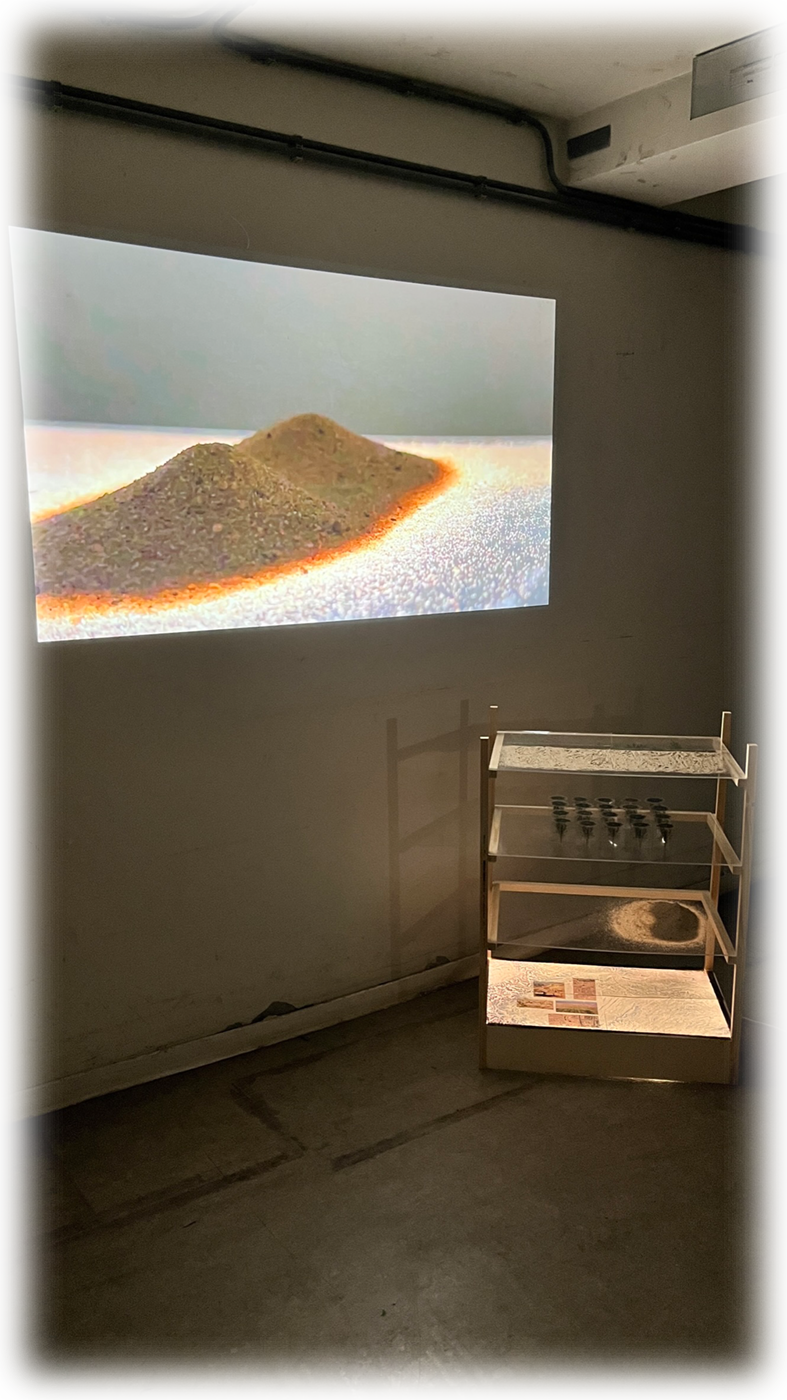
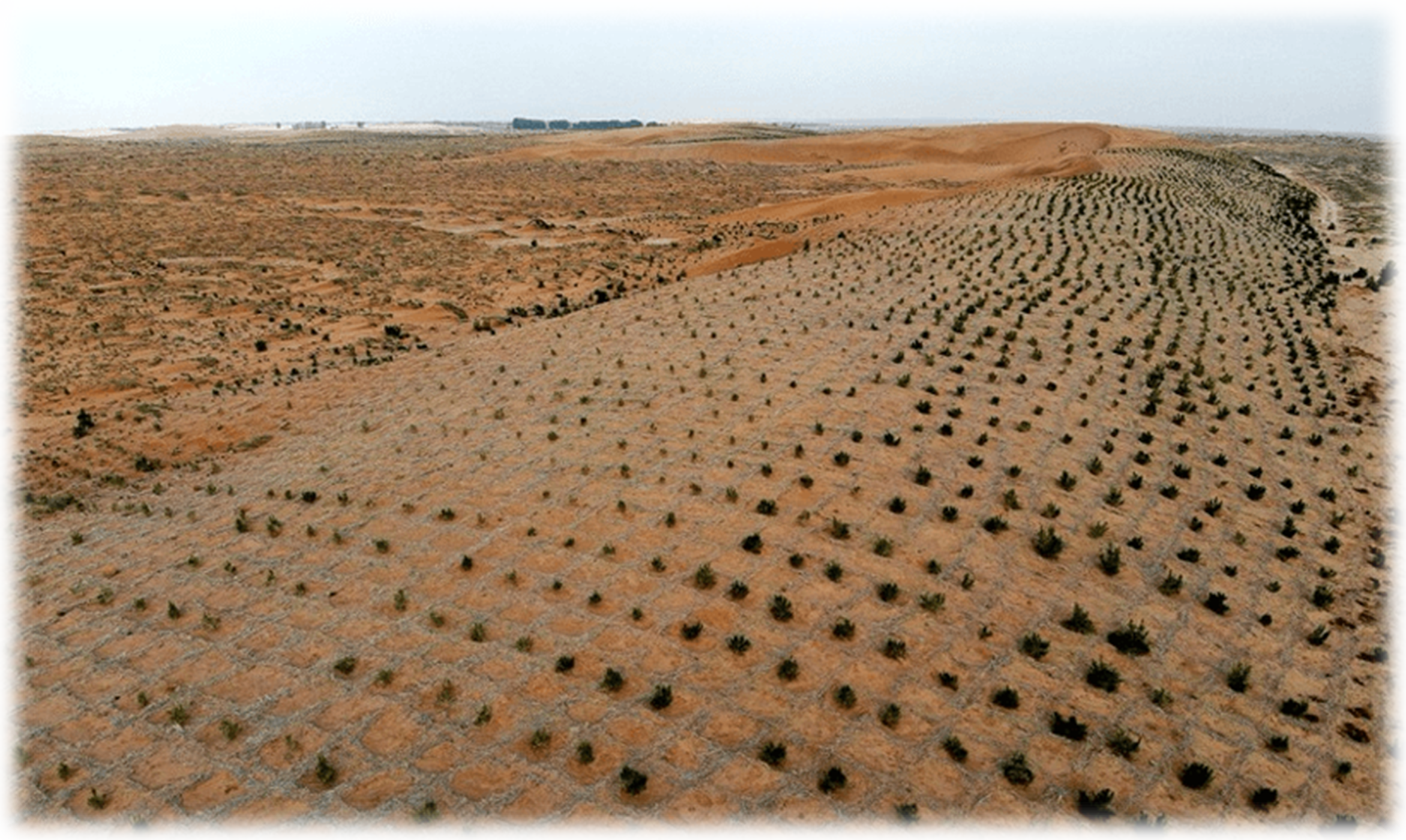
Our research focuses on desertification as evidence of the earth’s thirst, prompting the key question of who is affected by this phenomenon. Our focus was the limits of human intervention in combating desertification, concentrating on biodiversity and gender inclusivity. To further ground our analysis, we selected the Gobi region as our case study and context. In our research we found a connection between monoculture and the dominance of male voices in the region – this led us to question who gets to speak about thirst. Inspired by Neimanis’ work on water as a connector between human and more-than-human entities in “Bodies of Water”, we focus on the similarities between marginalised female voices and the disregarded plant species through the link of the lack of diversity in root systems beneath the sand and the lack of inclusivity behind desert policies.
In the early stages of the design process, we made a conscious decision to actively reflect on our research findings in our design work. After careful consideration, we concluded that a video essay was the most effective format to express our own, subjective voices while also incorporating facts and scientific research.



Sand plays a crucial role in our context and is a vital medium for our work. Inspired by the practice of sand art, we have designed a box with multiple layers, each portraying different themes such as monoculture, desertification, exclusion, biodiversity, and gender inclusivity. Each layer becomes a powerful tool to explore and express the diversity of our research.